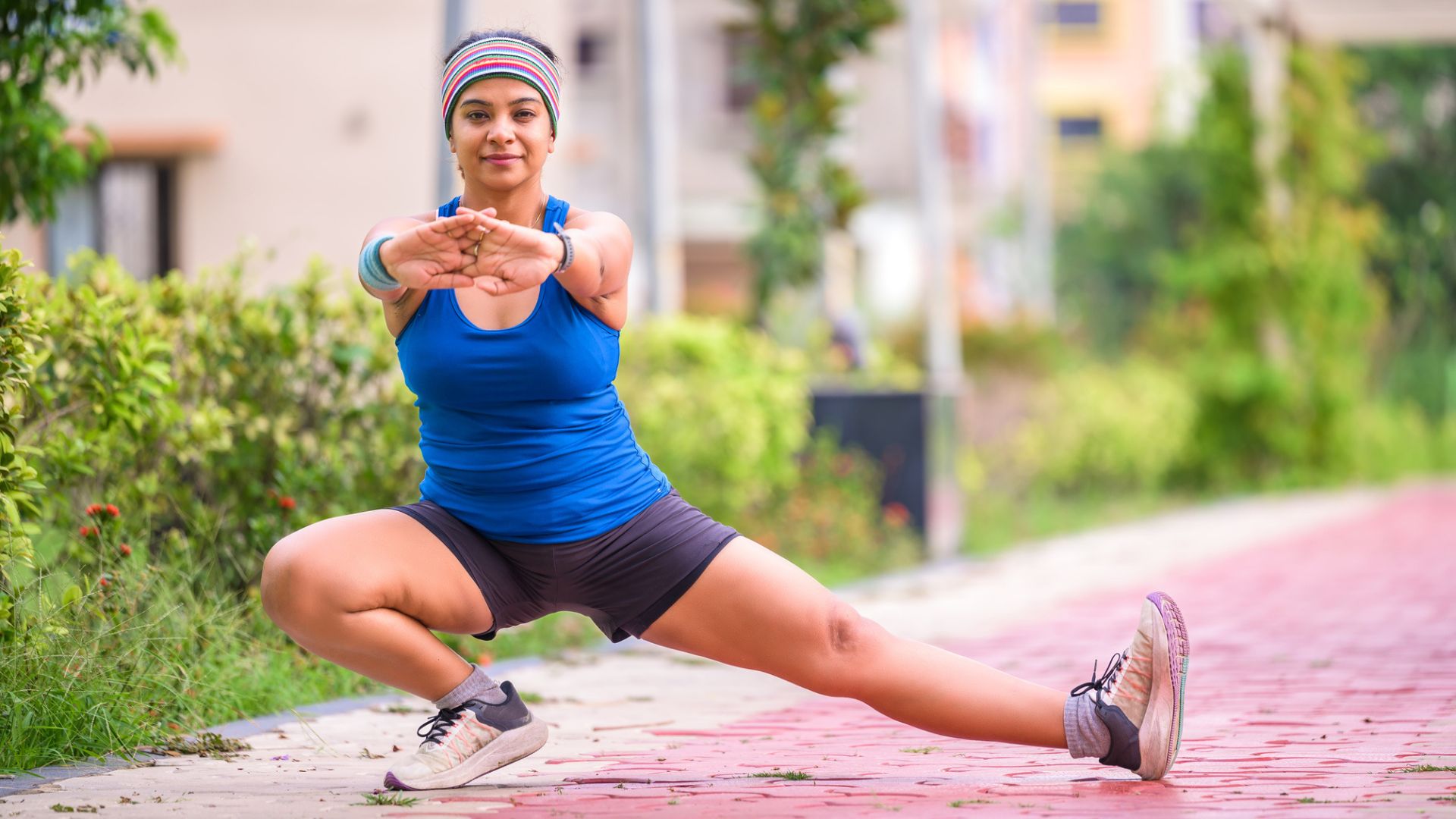These are five of the very best beginner mobility exercises for any age, according to an expert coach
Regular practice of these fundamental movements will help you earn and retain lifelong flexibility and mobility, says Roger Frampton

For the past few weeks I've been dutifully following a month-long mobility challenge devised by flexibility coach Roger Frampton.
Amid all the fairly modest objectives, like sitting cross-legged on the floor, to preposterously challenging fantasies, like reverse wall walks into a backbend, there are five beginner exercises Frampton thinks everyone should keep in their locker.
Combined, they drill healthy spine articulation, address tightness and weakness around the ankles, knees and hips, teach balance and coordination and also test grip strength.
"If I could go through all the years of training since I was a teenager and first walked into a gym, these are the exercises that I would work on," says Frampton.
"Designed for repetition and gradual progression, these exercises target key joints such as the pelvis, the squat shape and spine extension."
Five exercises to develop lifelong mobility and flexibility
A post shared by Fit&Well (@wearefitandwell)
A photo posted by on
1. 90˚ flat back fold
Time: Practice for 1-2 minutes
- Place a stick (like a mop handle) behind your back and focus on two contact points: the back of the head and base of the lower back. Maintain these two contact points throughout.
- With feet together, lead the fold by pushing your hips into the stick, lowering as far as you can without losing contact with the stick, then reversing the movement to stand tall.
- Repeat the process with your feet shoulder-width apart to shift the emphasis onto the hamstrings. Over time it will help you develop the range to get closer to touching your toes.
Trainer tip: "Avoid leading with your neck or just folding with your upper back," says Frampton. "And squeeze your quads to keep your legs straight as you fold forward."
Start your week with achievable workout ideas, health tips and wellbeing advice in your inbox.
2. One-leg balance (with eyes closed)
Time: Practice for 60 seconds on each leg
- Stand on one leg with arms out to your side to help maintain balance.
- Use a visual reference point to help.
- As you get more comfortable standing on one leg without wobbling, make it more challenging by taking away the visual reference point and closing your eyes.
- Practice on each leg for 60 seconds.
Trainer tip: "To make it more challenging, look up to the ceiling or close your eyes," says Frampton. "Anything worthwhile takes time, so be patient. If you fall out of the balance, reset. Over time you'll learn to relax your hands or lose tension from your body."
3. Full-resting squat
Time: Hold for 30-60 seconds.
- Stand with feet hip-width apart, toes pointing forward.
- Bend your knees while keeping your arms outstretched and torso upright.
- Lower into a squat as far as you comfortably can, without letting your heels come off the floor.
- Keep your knees wide apart and feet facing forward throughout.
- If necessary, place a rolled up mat or thin weight plates under your heels to aid ankle articulation.
Trainer tip: "Some people who are really flexible and have really open ankles might find holding a deep squat really easy," notes Frampton. "For those people I would swap in a horse stance. It's a movement from martial arts. Bruce Lee popularized it years ago.
"It teaches you to hold your back flat. You're basically simulating a squat against a wall and being able to hold that shape. You can test it by balancing a stick on your thighs and making sure your back is fully upright."
4. Cossack squat (minus the get-up)
Time: Alternate sides for 1-2 minutes
- Stand with feet wide (more than shoulder-width apart) and toes slightly pointing out.
- Keeping your torso upright and arms outstretched, bend one knee and lower into a deep lunge on that same side.
- Keep that bent knee wide rather than allowing it to cave in and keep your heel down.
- You can pivot the heel on your opposite foot so your toes point to the sky.
- If your range is limited, lower as far as you can, then gradually aim to increase your depth over time.
5. Dead hang (or hang from a door frame or bannister)
Time: 1-2 minutes
- Start with a support, like a chair, under the bar.
- Grasp the bar with an overhand grip, feet on the support, and let your body hang heavy as you sink into the stretch and try to relax.
- In the second minute, you can bring your feet off the support and spin your hands round into an underhand grip.
Trainer tip: "Let your feet sink toward the ground, working toward letting your ears touch the inside of your arms, then experiment building up a bit of tension in your body by squeezing your abs and glutes."
If you don't have access to a bar, Frampton suggests using a door frame or a sturdy banister, gripping it with both hands or one hand at a time.
"The further you take your feet forward, the more hang you get. The more you take your feet backward, the less resistance you get. Sink into it so you feel the benefits of stretching through your body," he says.

Sam Rider is an experienced freelance journalist, specialising in health, fitness and wellness. He is also a REPS level 3 qualified personal trainer.
